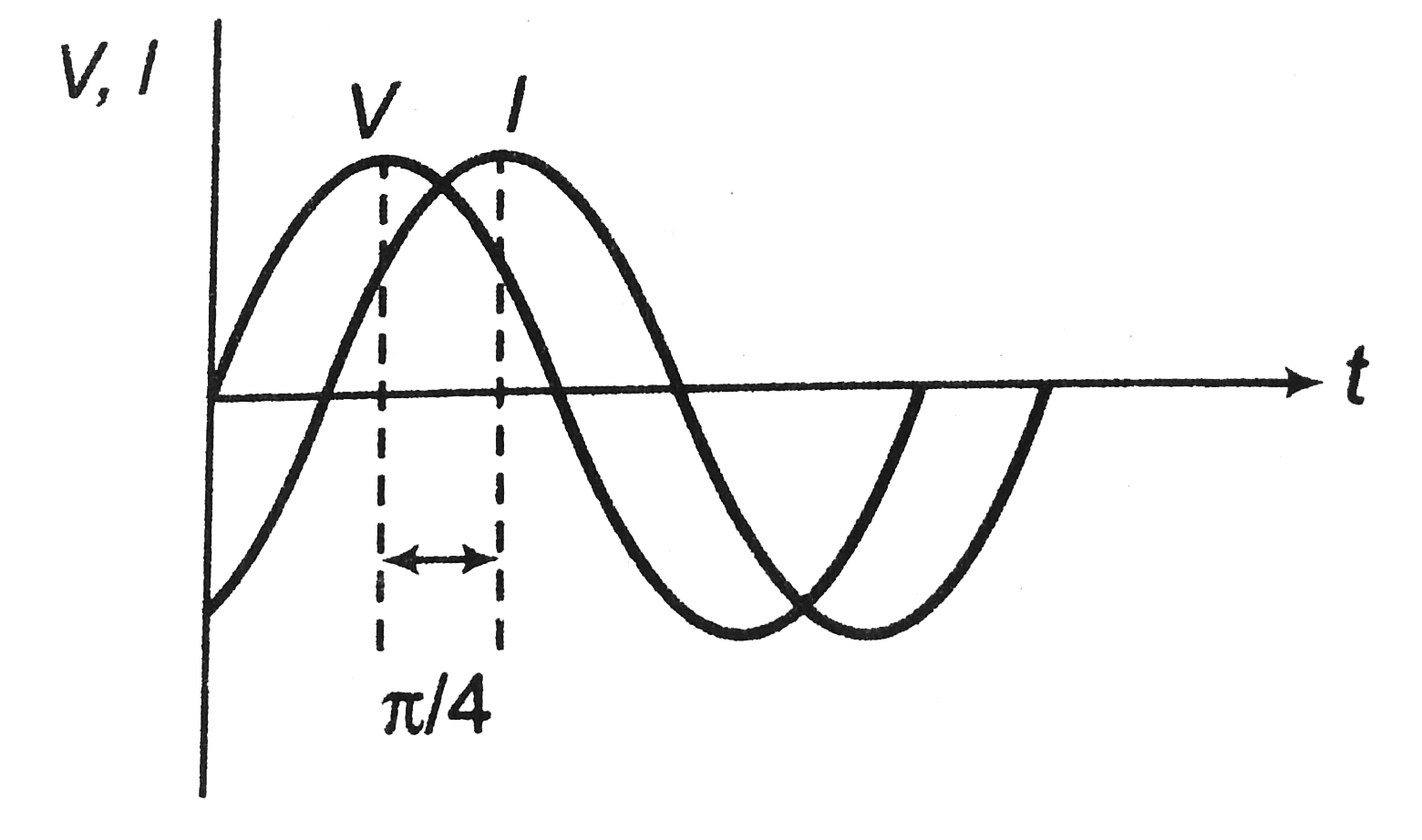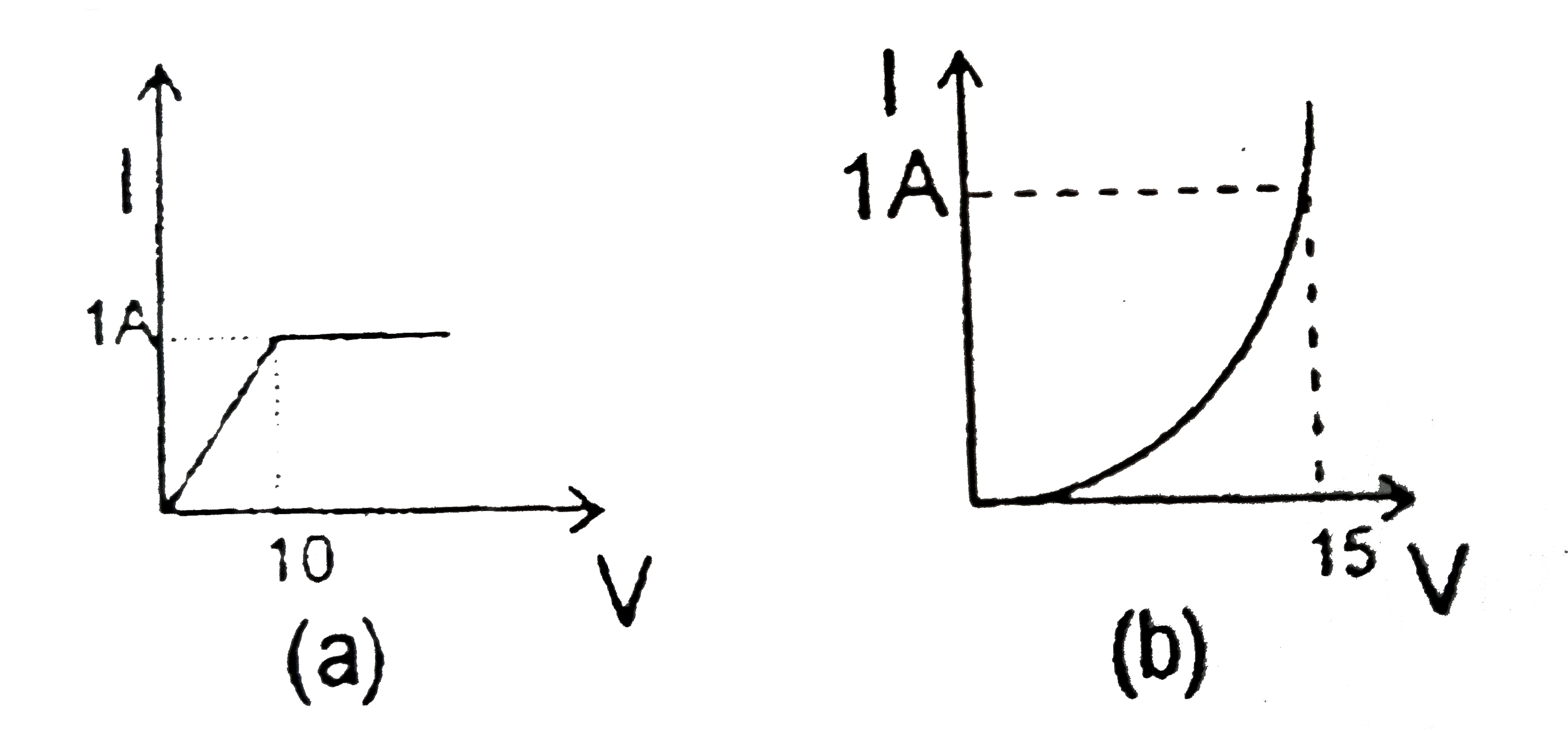In which of the process the electric current of high voltage is applied to transfer foreign DNA
Shot gun method
Micro injection method
Electroporation
biolistic method
The correct Answer is:C
Step-by-Step Solution:
1. Understanding the Question: The question asks about a process that uses high voltage electric current to transfer foreign DNA into cells.
2. Analyzing the Options:
- Option 1: Shotgun Method: This method is primarily used for sequencing DNA and involves breaking the genome into smaller fragments. It does not involve the transfer of foreign DNA using electric current.
- Option 2: Micro Injection Method: This method involves using a glass micro pipette to inject genetic material directly into a living cell. It does not involve the use of electric current.
- Option 3: Electroporation: This method applies an electric field to cells to increase their permeability, allowing foreign DNA to enter. This is the process that uses high voltage electric current for DNA transfer.
- Option 4: Biolistic Method: This method involves shooting DNA fragments into cells using a device known as a gene gun. It does not use electric current for the transfer.
3. Identifying the Correct Answer: Based on the analysis, the only method that involves the application of high voltage electric current to facilitate the transfer of foreign DNA is Electroporation.
4. Conclusion: The correct answer is Electroporation.
---
- Option 1: Shotgun Method: This method is primarily used for sequencing DNA and involves breaking the genome into smaller fragments. It does not involve the transfer of foreign DNA using electric current.
- Option 2: Micro Injection Method: This method involves using a glass micro pipette to inject genetic material directly into a living cell. It does not involve the use of electric current.
- Option 3: Electroporation: This method applies an electric field to cells to increase their permeability, allowing foreign DNA to enter. This is the process that uses high voltage electric current for DNA transfer.
- Option 4: Biolistic Method: This method involves shooting DNA fragments into cells using a device known as a gene gun. It does not use electric current for the transfer.
Topper's Solved these Questions
- PRINCIPLES AND PROCESSES Book:AAKASH SERIESChapter:PRINCIPLES AND PROCESSES Exercise:Exercise - III (Previous AIPMT/NEET Questions)
Explore 26 Videos
- PRINCIPLES AND PROCESSES Book:AAKASH SERIESChapter:PRINCIPLES AND PROCESSES Exercise:Exercise-I (More than one options correct)
Explore 23 Videos
- PLANT GROWTH AND DEVELOPMENT Book:AAKASH SERIESChapter:PLANT GROWTH AND DEVELOPMENT Exercise:EXERCISE -III (PREVIOUS AIPMT/NEET QUESTIONS)
Explore 27 Videos
- PRINCIPLES OF INHERITANCE AND VARIATIONBook:AAKASH SERIESChapter:PRINCIPLES OF INHERITANCE AND VARIATIONExercise:EXERCISE -III (Previous AIPMT /NEET Questions)
Explore 37 Videos
Similar Questions
In which of the process is both the DNA strand transcribed ?
View SolutionThe voltage across a resistance R is determined using a voltmeter connected to its ends. What relative error will be made if the readings of the voltmeter are taken as the voltage applied before it was switched on ? The current intensity in the circuit is constant.
View Solution
Knowledge Check
In which process, the rate of transfer of heat is maximum ?
AConductionBConvectionCradiationDin all these, heat is transferred with the same speed.Which one of the following is commonly used in transfer of foreign DNA into crop plants?
ATrichoderma harzianumBMeloidogyne incognitaCAgrobacterium tumefaciensDPenicillium expansum
Which one of the following is commonly used in transfer of foreign DNA into crop plants?
View SolutionDarw graphs showing variation of photoelctric current with applied voltage for two incident radiations of equal frequecny and different intensities. Mark the graph for the radiaiton of higher intensity.
View Solution(a) Draw graphs showing the variations of inductive reactnace and capacitive reactance with frequency of the applied ac source .
(b) Draw the phasor diagram for a series RC circuit connected to an ac source.
(c ) An alternating voltage of 220 V is applied across a device X , a current of 0.25 A flows , which lag behind the applied voltage in phase by π2 radian . If the same voltage is applied across another device Y , the same current flows but now it is in phase with the applied voltage .
(i) Name the devices X and Y.
(ii) Calculate the current flowing in the circuit when the same voltage is applied across the series combination of X and Y.

View SolutionAn Ac voltage V=V0sin100t is applied to the circuit, the phase difference between current and voltage is found to be π4, then
 .
.
View SolutionAn Ac voltage V=V0sin100t is applied to the circuit, the phase difference between current and voltage is found to be π4, then
 .
.
View SolutionCurrent-voltage characteristics of two elements A and B are as shown in Figs. (a) and (b)

Which of the following graphs represents current voltage characteristics for their series combinations ?
View Solution